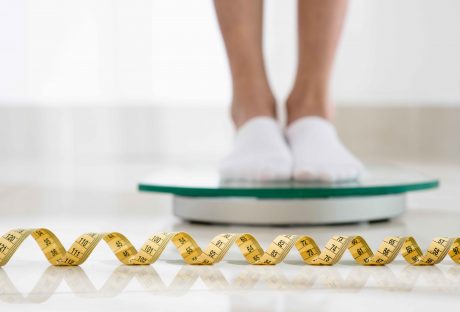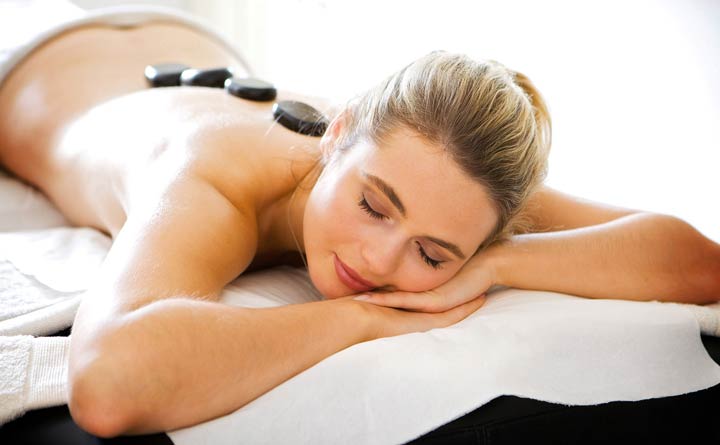You need to use your phone all the time. You are aware that it is not healthy to use it for several hours, but you can’t help it. Smartphones allow you to do almost anything using your phone. Before, phones were only for calling and texting. Now, you can use your phone for banking, shopping, social media posting, advertising, networking, and many other things. There is also a growing number of apps that may be useful to you.
The problem with the use of your phone, continually, is that you run the risk of exposure to radiation. Since you can’t stop yourself from using your phone, there are ways to use it without increased radiation exposure.
Use a headset
If you are calling someone, you can use a headset or a speakerphone, so you don’t put your device directly on your ear. You might notice that phones get hot when used continuously for hours. It shows that the phone is giving off high levels of radiation. However, if your phone is far away from you as you are using a headset, it limits the impact of radiation.
Keep your phone in your bag
It is not a good idea to put your phone in your pocket as it is directly in contact with your body. You can use your bag or purse to keep your phone when not in use. Your body tissues might easily absorb phone radiation if the phone is too close.
Think about texting instead of talking
Instead of having a long conversation over the phone, you could chat with another person. You will still get the same information anyway. When texting, your phone is at least a few inches away from your head. Besides, when you call someone, you tend to talk about things that are unnecessary. Texting allows you to limit the conversation as it can be tiring to keep answering.
Avoid calling when the signal is weak
Don’t force yourself to contact someone when your signal is inadequate unless the call is for emergency reasons. When the signal is weak, the phone will keep emitting radiation as it tries to make a connection. You are increasing exposure to radiation if you keep doing it. Also, when the phone on the other end is still ringing, you don’t need to put your phone to your ear. Wait until the other party answers before you start talking.
Talk less
If you can, you need to find a way to reduce the use of your phone. It might seem impossible, but you can do it. When you don’t use your phone often, you won’t have to deal with these radiation issues. You can also set a rule regarding screen time to force yourself to unplug once in a while.
Use EMF protection
You can use protective devices like EMF protection jewellery to block the radiation from entering your body. Even if your phone is around, or any other electronic devices for that matter, you stay protected.
You need to do something about radiation exposure now before it is too late.






















